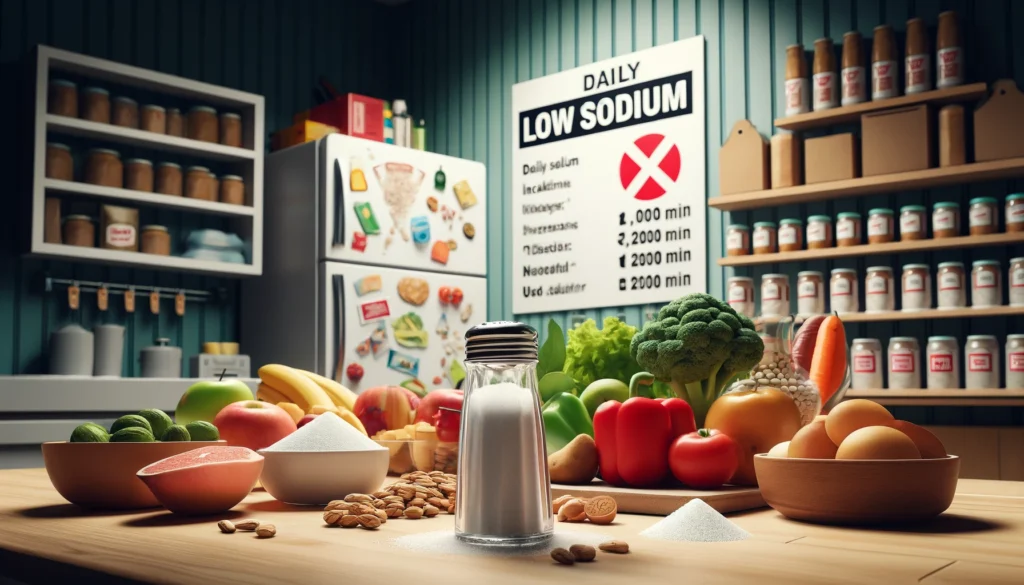
What is a Low Na (Sodium) Diet?
According to the American Heart Association, one should limit it to no more than 2,300 milligrams daily and work towards an ideal limit of no more than 1,500 mg daily for most adults. A low sodium diet is a set limit on the amount of sodium to consume in your diet daily.
Benefits of a Low Na Diet
Reducing the intake of sodium helps lower the blood pressure, fluids re-absorption in the blood, and the risk of stroke, heart failure, and other related diseases to the heart. For people with chronic conditions like kidney disease, reducing the intake of Sodium helps in reducing kidney burden and slows the progression of the disease.
How to Follow a Low Na Diet
Read Nutrition Labels: Be keen on sodium content on the food label.
Prepare Your Own Meals: Making your food will give you control over the amount of sodium you add to your food.
Choose Fresh Foods: Fresh fruits, vegetables, and meats are naturally lower in sodium when compared to their processed content.
Limit High Sodium Foods: Processed foods, fast foods, and canned goods contain a large amount of sodium.
Use Alternatives: Use herbs, spices, and sodium-free seasonings in the food you prepare.
Suggested Foods Beneficial for Low Na Diet
Fruits: All fresh fruits; limit canned fruits with added syrup
Vegetables: Fresh or frozen vegetables; limit canned vegetables, vegetable juices
Proteins: Fresh poultry, fish, and meat; limit processed meats like bacon, sausages
Dairy: Milk, yogurt, and cheese; limit processed cheeses, cheese spreads
Grains: Whole grains like rice, oats; limit instant flavored grains
Fats: Oils, unsalted butter; limit salted butter, salad dressings
Snacks: Unsalted nuts, popcorn; limit salted snacks, chips
Tips for Dining Out
Ask for No Added Salt: When ordering food, request that no salt be added to it.
Avoid Sauces and Condiments: Most dressings, sauces, and dips contain high sodium.
Choose Simpler Dishes: Most grilled, steamed, or baked food types are usually prepared with less sodium.
Preparing and following a low sodium diet requires careful attention to what one eats and how it’s prepared. With planning and intelligent food choices, one can avoid excessive sodium, thereby promoting their long-term heart and kidney health. By following the above tips and including the suggested foods in your diet, maintaining a good, low sodium diet is possible.
